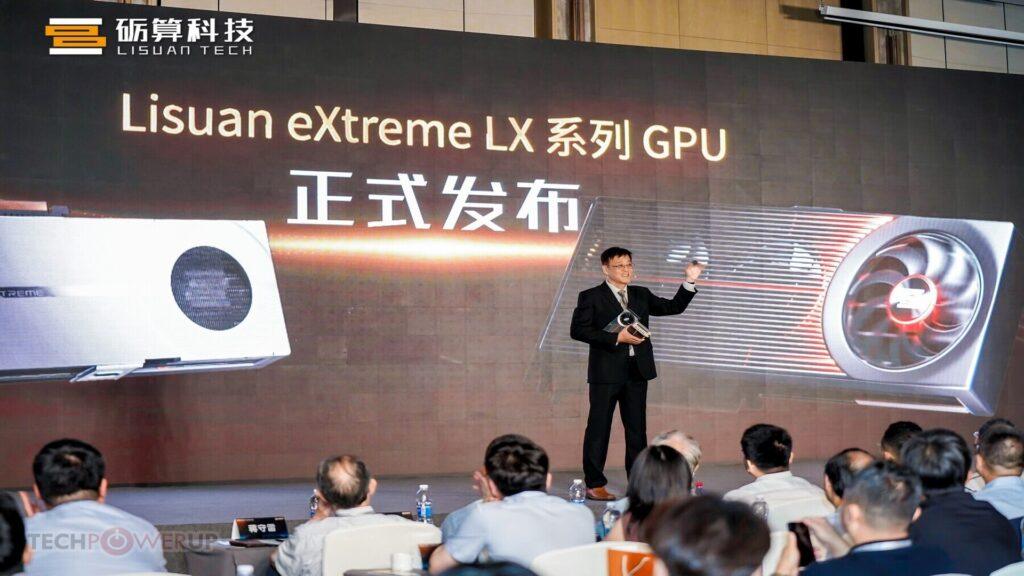- Lisuan Tech’s 7G105 GPU enters the Pro market with 24 GB of VRM and great promises
- Startup architecture omits ray layout and focuses on conventional computing and virtualization workloads
- Lisuan Tech chip admits 8K decoding, four display and omits HDMI outputs for costs
A little -known China company is preparing to enter the high -end GPU scene with its first generation of graphics cards.
While few outside the region have heard of Lisuan Tech, the startup has ambitions that place it directly on the path of Nvidia and AMD, especially in the demanding world of the workstation and professional computer science.
Its newly announced 7G105 SKU presents 24 GB of VRM, a specification that suggests that it not only addresses the players, but to have the objective of establishing credibility in the Pro Graphics Pro segment.
Positioning beyond the games with pro grade specifications
In the heart of Lisuan Tech’s offer is the 7G106 GPU, which forms the basis for consumer and professional variants.
This chip is manufactured using the 6nm TSMC process and is based on the company’s internal Truegpu architecture.
The architecture is not compatible with Ray Tracing or Directx 12 Ultimate, but handles Directx 12, Vulkan 1.3 and OpenGL 4.6.
Floating points operations are managed through a SIMD engine with support for FP32 and INT8 formats, reaching up to 24 Teraflops in FP32 performance, which puts it in dispute with average range GPUs of established players.
Although aimed at games, 7G106 has characteristics that are shed in the professional kingdom.
The chip includes a video engine capable of decoding the content of 8K AV1 and HEVC to 60 pictures per second, and encode both formats to 4K U 8K resolutions, depending on the codec.
For the output, it supports four Displayport 1.4 ports with screen transmission compression, avoiding HDMI completely, probably due to license costs.
Where things begin to resemble a true work station product is in virtualization capacity: 7G106 admits SR -iov, allowing the GPU to be divided into up to 16 virtual containers.
This allows a physical GPU to share in multiple virtual machines, which makes it appropriate for business and hyperscaleros environments that demand flexibility and parallel workloads.
However, there are still great unknowns. The company has not finished the GPU watch speeds, memory frequencies or energy consumption yet.
The first renders show a design using a 8 -pin PCIE power connector, while another opts for a 16 -pin version, hinting at the variance in the feeding objectives.
Without these data, performance estimates remain speculative despite synthetic reference points such as 3DMark Fire Strike and Geekbench OpenCl that show decent scores.
This attempt is ambitious, but without clear prices, driver’s maturity or proven reliability, it remains to be seen if Lisuan Tech can translate its technical statements in real world traction.
Lisuan is not the first Chinese challenger to try to face AMD and NVIDIA: Zhaoxin fought to climb beyond the basic functions of GPU, the JM9 series of Jingjia Micro never won a traction, and the fantasy alignment of Innilicon failed failed to attract users of the real world despite the promising specifications.
Through Techpowerup




